classical texts

Apricot Grove Educational Services, LLC
4201 NE Couch Street
Portland, Oregon 97213
道可道非常道名可名非常名無名天地之始有名萬物之母故常無欲以觀其妙常有欲以觀其徼
The Dao that can be percieved by our mind is not the true Dao. The name that can be perceived by our ears is not the true name. The world without names creates the patterns of heaven and earth; the world with names is the mother of the Ten Thousand Things. Thus, to perceive the mysteries, let your desires fall away. To experience the world of limitations, hold them tight.
Dao De Jing
Chapter 1
Stay Connected
Join The Apricot Grove mailing list to stay informed about courses, events, workshops, and other happenings!
About
The Apricot Grove Project
Dr. Edward Neal
Neijing Nature-Based Medicine (NNBM)
Huangdi Neijing
Classical Text Archaeology (CTA)
Learn
Neijing Nature-Based Medicine Courses & Programs
NNBM: 1st Semester Option
NNBM: Foundations Level I Mentorship Training
Course Main Page
Curriculum
Schedule
Tuition, Payment, and Scholarships
In-Person Clinical Practicums
Testimonials
Policies and Instructors
FAQs
NNBM: Advanced Level II Clinical Internship Training

Apricot Grove Educational Services, LLC
4201 NE Couch Street
Portland, Oregon 97213
道可道非常道名可名非常名無名天地之始有名萬物之母故常無欲以觀其妙常有欲以觀其徼
The Dao that can be known by our mind is not the true Dao. The name that can be heard by our ears is not the true name. The world without names creates the dimensions of heaven and earth, while the world with names is the mother of the Ten Thousand Things. Thus, to perceive the mysteries of the world, let your desires fall away. To experience the world of limitations, hold them tight.
Dao De Jing
Chapter 1
Stay Connected
Join The Apricot Grove mailing list to stay informed about courses, events, workshops, and other happenings!
About
The Apricot Grove Project
Dr. Edward Neal
Neijing Nature-Based Medicine (NNBM)
Huangdi Neijing
Classical Text Archaeology (CTA)
Learn
Neijing Nature-Based Medicine: Courses & Programs
NNBM: 1st Semester Option
NNBM: Foundations Level I Mentorship Training
Course Main Page
Curriculum
Schedule
Tuition, Payment, and Scholarships
In-Person Clinical Practicums
Policies and Instructors
FAQs
NNBM: Advanced Level II Clinical Internship Training

Apricot Grove Educational Services, LLC
4201 NE Couch Street
Portland, Oregon 97213
道可道非常道名可名非常名無名天地之始有名萬物之母故常無欲以觀其妙常有欲以觀其徼
The Dao that can be known by our mind is not the true Dao. The name that can be heard by our ears is not the true name. The world without names creates the dimensions of heaven and earth, while the world with names is the mother of the Ten Thousand Things. Thus, to perceive the mysteries of the world, let your desires fall away. To experience the world of limitations, hold them tight.
Dao De Jing
Chapter 1
Stay Connected
Join The Apricot Grove mailing list to stay informed about courses, events, workshops, and other happenings!
About
The Apricot Grove Project
Dr. Edward Neal
Neijing Nature-Based Medicine (NNBM)
Huangdi Neijing
Classical Text Archaeology (CTA)
Learn
Neijing Nature-Based Medicine: Courses & Programs
NNBM: 1st Semester
NNBM: Foundations Level I Mentorship Training
Course Main Page
Curriculum
Schedule
Tuition, Payment, and Scholarships
In-Person Clinical Practicums
Testimonials
Policies and Instructors
FAQs
NNBM: Advanced Level II Clinical Internship Training
